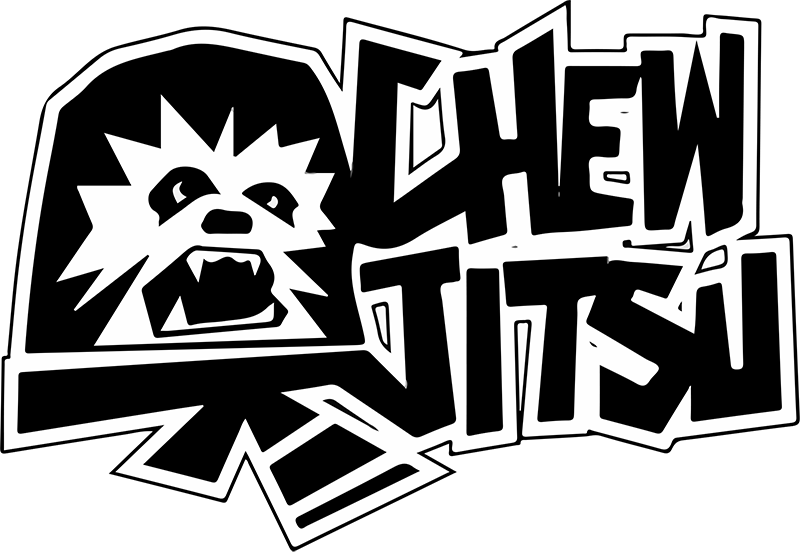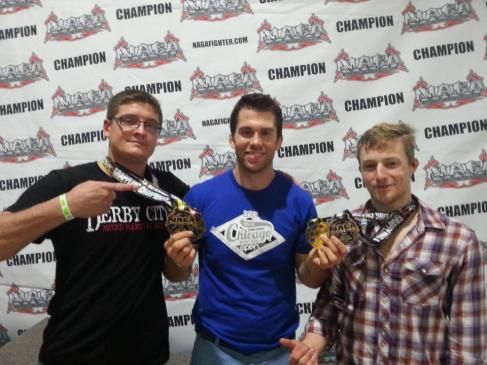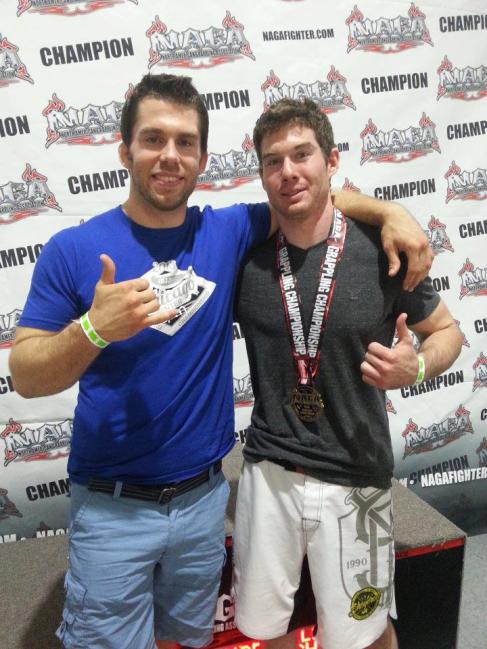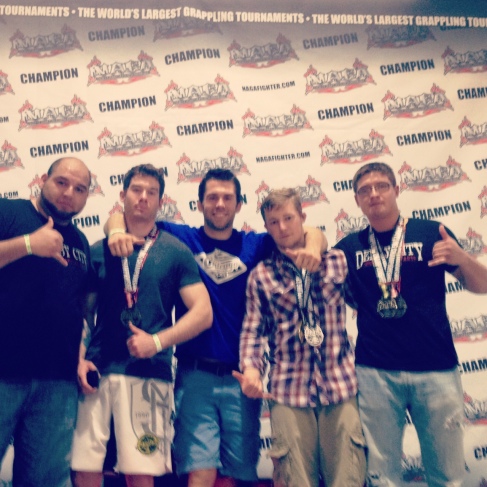Something high level Wrestlers, Judoka and BJJ players do, that you may not be doing.
BJJ is such a complex and technical grappling art, overflowing with techniques. Every move seems to have a variation . . . and every variation seems to have a variation. This complexity can be a double edge sword though. The technical prowess of BJJ allows it to work for anyone. Big, small, short, tall, it doesn’t matter, if you train . . . you can become proficient at BJJ. However, this can backfire when you try to acquire too much too quickly.
I’m sure we’ve all heard the phrase “jack of all trades, master of none” and I think this has some relevance to BJJ as well. Many people get very distracted by “fun looking” techniques or techniques that seem to be in style at the time. They hop from technique to technique, position to position. Never mastering any particular area of the game and instead being mediocre across the board. You don’t want this!!
Coming from a wrestling background we were always taught that . . .
you don’t have to do much, you just have to do it better than everyone else.
I’ve heard similar phrases come from other wrestlers, judo players and high level BJJ practitioners. This is something I always stress with my guys when it comes time for competitions or when they are newer and trying to develop an “A” game.
Now there is nothing wrong with playing around with new techniques and positions. Nothing wrong at all, but you have to understand that when you do this you will be making yourself a bit vulnerable. When you work a new move or position you’re going to be a bit shaky with it at first and after drilling and attempting it during rolling sessions for a while you will gradually become adept with that move. Right when this move is beginning to develop is where many people make the mistake of moving on to something new that doesn’t necessarily fit with what you were just working on.
You just spent all this time making this solid position or technique and now you’re going to move on???
My advice would be to continue with the position or the move. For example, if you were working butterfly guard. . . well. . . add another butterfly guard into your drilling list. Maybe you were working on kimuras. Well instead of moving on to a whole new submission, expand upon the kimura and learn additional setups or transitions from it.
This kind of chaining-things-together mindset can really help you develop areas of your game quickly.
So what is it that high level grapplers do that most average BJJ players do not?
They own a position, a technique, a movement. They master the ins and outs of their desire moves and become brutally efficient with them.
Go watch some judo highlights. You won’t have to watch long before you see a highlight showing a particular judoka executing the same throw over and over again using different setups against different opponents. Wrestlers are the same. Go do a Google search and put it “John Smith Single Leg.” The guy is synonymous with that damn move. When he wrestled, his opponents knew what he was going to do but they couldn’t stop him. He had drilled and worked his single legs to a level of ability that is awe inspiring. Imagine going to a high level competition and hitting everyone with the same move even after they knew what you were going to do. This happens in BJJ too! One easy example that comes to mind is Roger Gracie. Mount to cross collar choke. . . are you kidding me? Cross collar chokes? What seems to be such a basic and easily defended move becomes dangerous in the hands of a person who masters it and believes in his ability to execute it.
If you are already in possession of your A game then feel free to do as you please, but if you feel as though you lack a go-to area, may I share a piece of advice? Own something. Find a position or technique that you are decent at or wish to be proficient with. Then, drill drill drill and attempt it during your training. Make your name synonymous with whatever it is you want to be good with. Be the person that has the nasty half-guard that guys talk about in the locker room, or the person with crazy submissions that makes everyone feel uneasy during their roll. Then continue to build upon it and add to it.
I guess this post is similar to the last post, Training with a purpose, but I encourage you to remember, you are the architect for your BJJ. You’re instructor will supply you with the raw materials to build it, but ultimately it falls on you to better yourself and devise the blueprint for your BJJ game.
In short, try and get really good with a few things before you start introducing a bunch of new techniques to your repertoire.
What are you waiting for??? Take out a pen and write down a flow chart and start plotting out the direction you want to take your game! 😉




